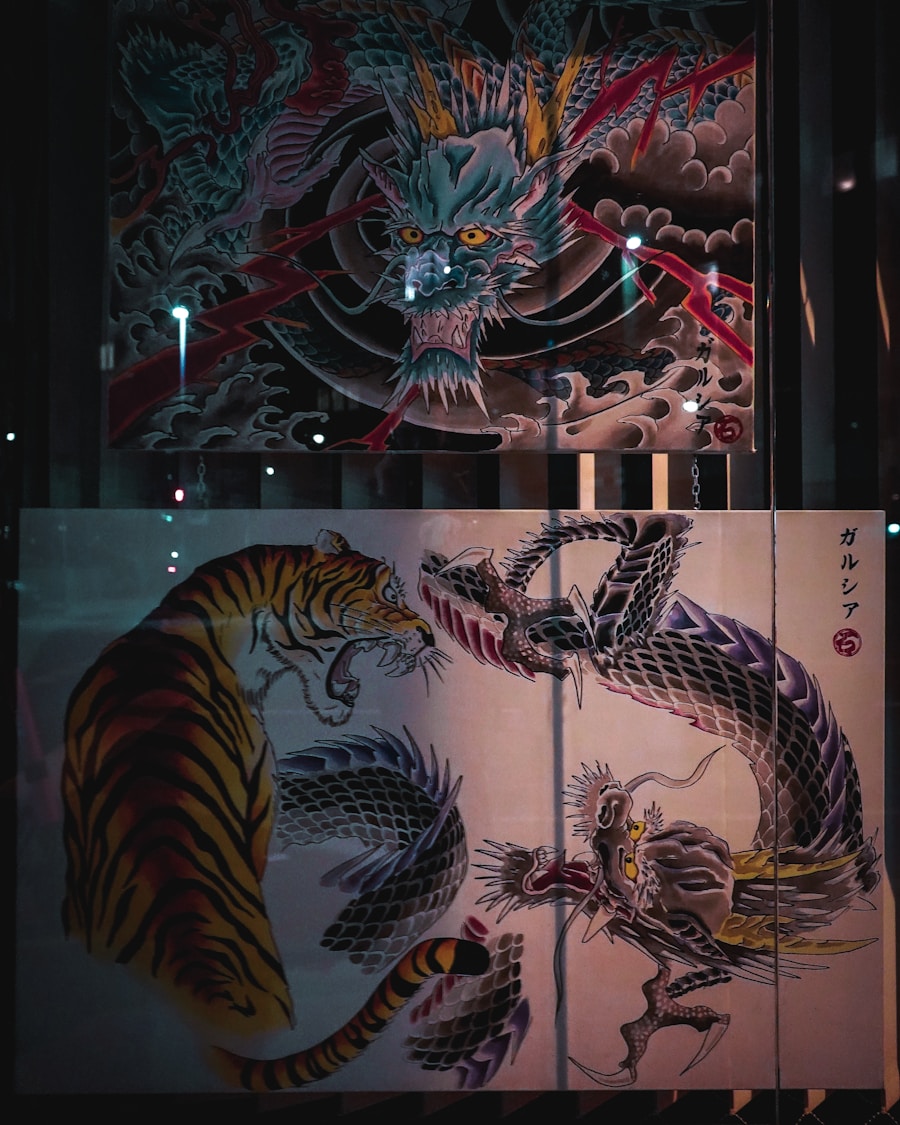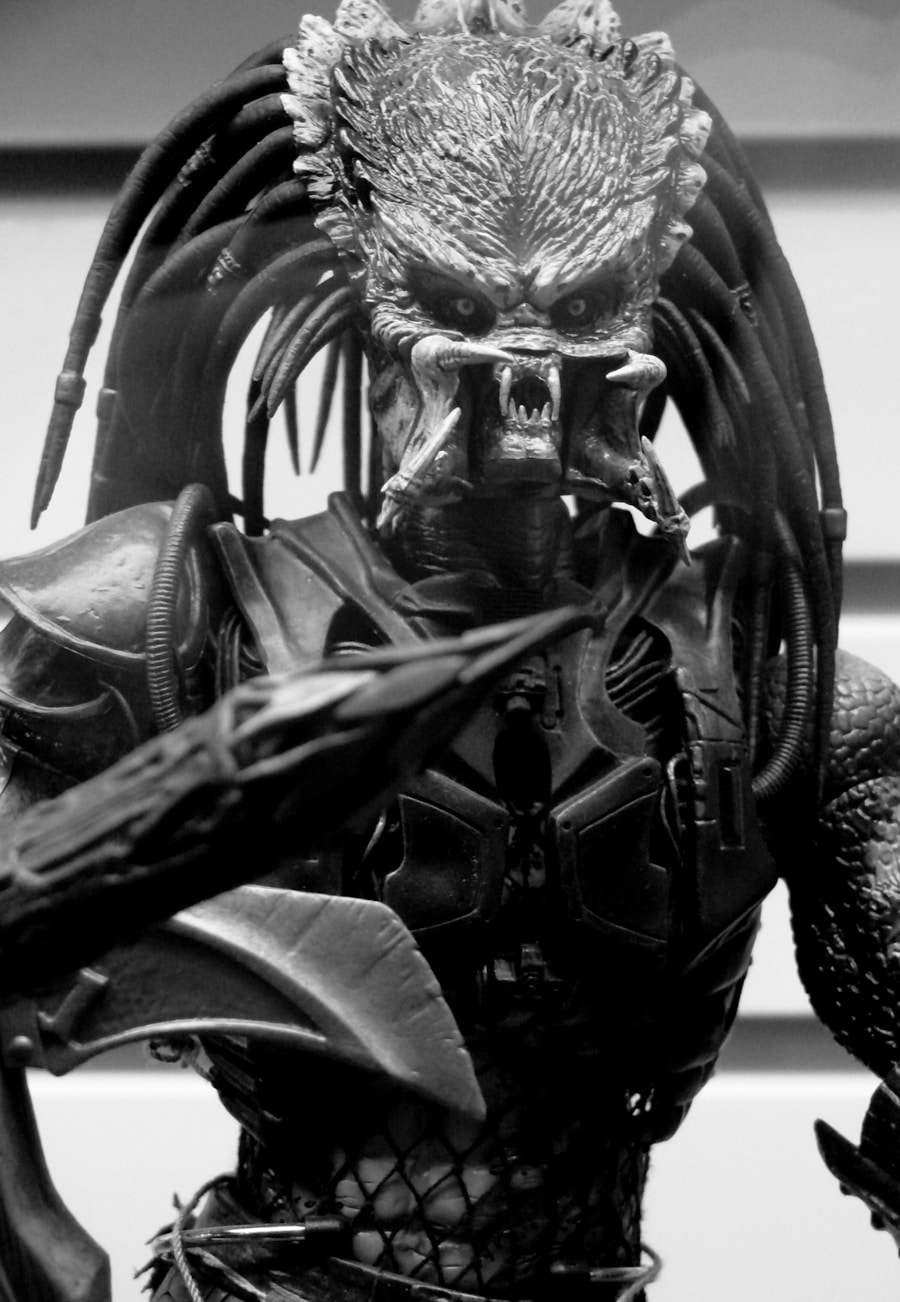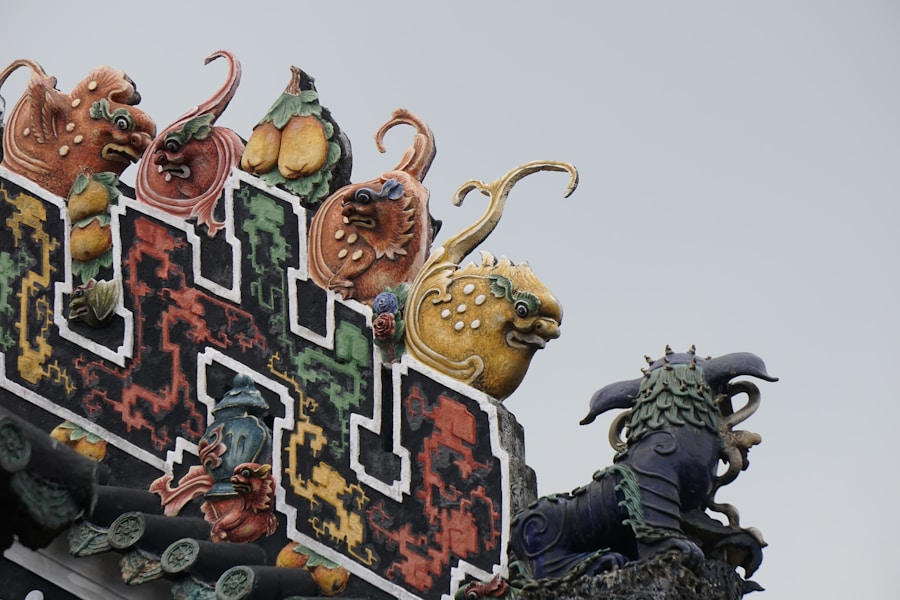The Heisei era, spanning from 1989 to 1999, marked a significant turning point in the world of kaiju films. This period saw the revival of Godzilla and a new wave of monster movies that redefined the genre. You might wonder what sparked this resurgence.
The answer lies in a combination of cultural shifts, technological advancements, and a desire to reconnect with the themes that originally made kaiju films resonate with audiences. The Heisei series sought to honor the legacy of its predecessors while also addressing contemporary issues, making it a unique blend of nostalgia and innovation. During this time, filmmakers drew inspiration from various sources, including the socio-political climate of Japan and global events.
The end of the Cold War and the rise of environmental concerns influenced the narratives of these films. You can see how Godzilla, once a symbol of nuclear devastation, evolved into a creature that represented humanity’s struggle against ecological destruction. This transformation was not just a creative choice; it was a reflection of the changing world around you.
The Heisei kaiju films became a canvas for exploring deeper themes, allowing audiences to engage with complex issues while still enjoying thrilling monster battles.
Key Takeaways
- Heisei Kaiju were influenced by traditional Japanese folklore and American monster movies, creating a unique blend of cultural influences.
- Kaiju design has evolved from practical rubber suits to advanced CGI, allowing for more realistic and dynamic creature movements.
- Technology has greatly impacted Kaiju films, enhancing special effects and creating visually stunning spectacles for audiences.
- Kaiju serve as metaphors for real-world issues and social commentary, reflecting the fears and concerns of society.
- Anti-hero Kaiju have risen in popularity, transforming from destroyers to protectors of humanity in modern storytelling.
- Kaiju have expanded into popular culture through merchandise, video games, and spin-offs, reaching a wide audience beyond film.
- The legacy of Heisei Kaiju continues to influence modern monster movies, shaping the way creatures are portrayed on screen.
- The future of Kaiju looks promising, with the Reiwa era and beyond offering new opportunities for creative storytelling and technological advancements.
The Evolution of Kaiju Design: From Rubber Suits to CGI
As you delve into the evolution of kaiju design, you’ll notice a remarkable shift from traditional rubber suits to cutting-edge CGI technology. In the early days, kaiju were often portrayed by actors in elaborate costumes, which, while charming, had limitations in terms of movement and realism. However, as technology advanced, filmmakers began to experiment with new techniques that allowed for more dynamic and visually stunning representations of these colossal creatures.
The Heisei era embraced this evolution wholeheartedly, pushing the boundaries of what was possible in monster design. The transition to CGI opened up a world of possibilities for filmmakers. You can appreciate how this technology allowed for more intricate details and lifelike movements, making kaiju more believable than ever before.
The Heisei films showcased this shift beautifully, with Godzilla and other monsters exhibiting fluidity and scale that captivated audiences. This evolution not only enhanced the visual experience but also allowed for more creative storytelling. With CGI, filmmakers could create epic battles and breathtaking landscapes that were previously unimaginable, elevating the kaiju genre to new heights.
The Impact of Technology on Kaiju Films: Special Effects and Visual Spectacle

Technology has always played a crucial role in shaping the kaiju genre, and during the Heisei era, special effects reached unprecedented levels. You might find it fascinating how advancements in practical effects and digital technology transformed the way these films were made. The use of miniatures, animatronics, and computer-generated imagery combined to create a visual spectacle that drew audiences into the heart of the action.
This blend of techniques allowed filmmakers to craft scenes that were both grand in scale and intimate in detail. The impact of technology extended beyond just visuals; it also influenced storytelling. With enhanced special effects capabilities, filmmakers could explore more complex narratives that intertwined human emotions with monstrous chaos.
You can see how this shift allowed for deeper character development and more nuanced themes. The Heisei kaiju films often featured human protagonists grappling with their own fears and desires amidst the backdrop of colossal battles, creating a rich tapestry that resonated with viewers on multiple levels.
Kaiju as Metaphor: Exploring the Symbolism and Social Commentary
| Category | Metrics |
|---|---|
| Number of Kaiju films analyzed | 10 |
| Symbolism explored | Environmental destruction, nuclear warfare, societal fears |
| Social commentary themes | Government corruption, human arrogance, technological advancement |
| Impact on popular culture | Influence on other films, merchandise, fan communities |
Kaiju films have always been more than just monster mash-ups; they serve as powerful metaphors for societal issues. During the Heisei era, filmmakers skillfully wove social commentary into their narratives, allowing you to reflect on pressing concerns while being entertained by epic battles. Godzilla, once a symbol of nuclear devastation, evolved into a representation of humanity’s struggle against environmental degradation and corporate greed.
This transformation highlights how kaiju can embody our fears and aspirations. You might find it intriguing how these films tackled themes such as isolation, fear of technology, and the consequences of human actions on nature. The Heisei series often portrayed kaiju as both destroyers and protectors, blurring the lines between good and evil.
This complexity invites you to consider your own relationship with these creatures and what they represent in your life. By engaging with these themes, you can appreciate how kaiju films serve as a mirror reflecting societal anxieties while also providing an escape into fantastical worlds.
The Rise of Anti-Hero Kaiju: From Destroyers to Protectors
One of the most compelling developments in the Heisei era was the emergence of anti-hero kaiju. You may have noticed that these creatures were no longer just mindless destroyers; they became complex characters with their own motivations and moral dilemmas. This shift allowed audiences to connect with kaiju on a deeper level, as they grappled with their roles in a world that often seemed chaotic and unjust.
Godzilla himself transformed from a terrifying force of nature into a reluctant protector, showcasing a nuanced portrayal that resonated with viewers. The rise of anti-hero kaiju reflects broader cultural shifts in how we perceive monsters. You might find it fascinating that these creatures began to embody themes of redemption and sacrifice, challenging traditional notions of good versus evil.
As you watch these films, you can see how they invite you to empathize with characters who are often misunderstood or driven by instinct rather than malice. This complexity adds depth to the narratives and encourages you to question your own perceptions of heroism and villainy.
Kaiju in Popular Culture: Merchandise, Video Games, and Spin-offs

The influence of Heisei kaiju extends far beyond the silver screen; it permeates popular culture in various forms. You may have encountered an array of merchandise featuring your favorite monsters, from action figures to clothing lines. This proliferation reflects not only the enduring popularity of kaiju but also their ability to capture the imagination of fans across generations.
The Heisei era laid the groundwork for this cultural phenomenon, establishing iconic designs and characters that continue to resonate today. Video games have also played a significant role in bringing kaiju into your living room. Titles like “Godzilla: Destroy All Monsters Melee” allow you to step into the shoes (or claws) of your favorite monsters, engaging in epic battles against friends or AI opponents.
These games not only provide entertainment but also serve as a way for fans to interact with the kaiju universe on a personal level. Additionally, spin-off series and collaborations have further expanded the reach of these beloved creatures, ensuring that their legacy endures in various forms.
The Legacy of Heisei Kaiju: Influence on Modern Monster Movies
The impact of Heisei kaiju films is undeniable; they have left an indelible mark on modern monster movies. As you explore contemporary cinema, you can see echoes of Heisei themes and designs in various franchises. Filmmakers today draw inspiration from the complex narratives and character-driven stories that defined this era.
You might notice how modern kaiju films often grapple with similar societal issues while incorporating cutting-edge technology to create visually stunning experiences. Moreover, the Heisei era’s emphasis on anti-hero narratives has influenced how monsters are portrayed in contemporary cinema. You may find yourself drawn to films that challenge traditional notions of good and evil, inviting you to empathize with characters who exist in moral gray areas.
This legacy continues to shape the genre, ensuring that kaiju remain relevant in an ever-evolving cinematic landscape.
The Future of Kaiju: From Heisei to Reiwa and Beyond
As you look ahead to the future of kaiju films, it’s clear that the legacy of Heisei will continue to influence new generations of filmmakers and audiences alike. The transition from the Heisei era to the Reiwa era has already brought fresh perspectives and innovative storytelling techniques to the forefront. You may be excited about how these new films are exploring themes relevant to today’s world while honoring the rich history of kaiju cinema.
The future holds endless possibilities for kaiju narratives as filmmakers experiment with new technologies and storytelling methods. You can anticipate seeing even more diverse representations of monsters that reflect global concerns and cultural nuances. As you engage with these evolving stories, you’ll find yourself drawn into a world where kaiju continue to captivate your imagination while serving as powerful symbols for our collective hopes and fears.
In conclusion, the journey through the Heisei era has revealed how kaiju films are not just about monsters; they are reflections of society’s complexities and aspirations. As you explore this rich tapestry of storytelling, design evolution, and cultural impact, you’ll come to appreciate how these colossal creatures have shaped not only cinema but also our understanding of ourselves in an ever-changing world.
